Grouping in the Science of Reading Classroom
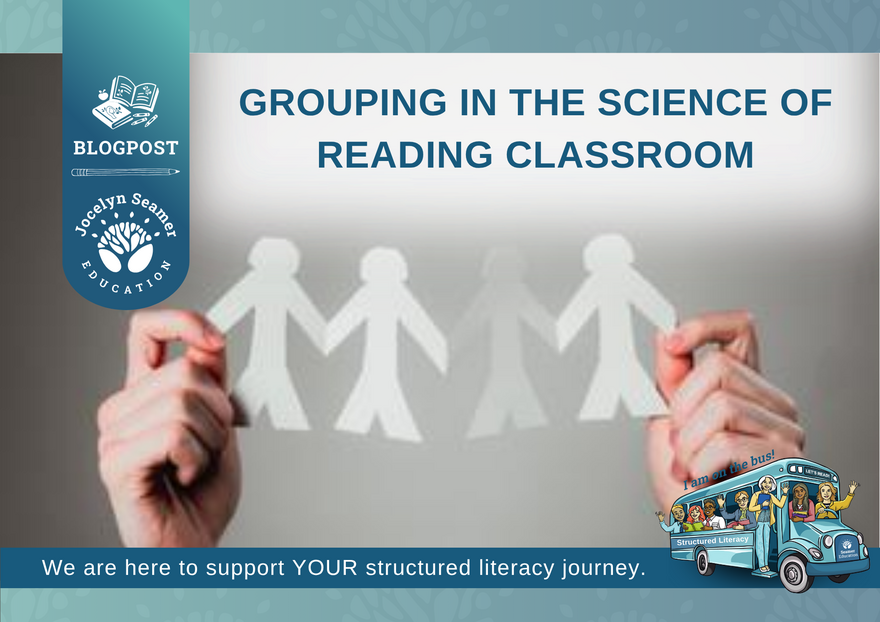
The idea of ‘guided reading’ in the Science of Reading foundation classroom is a simple, yet muti-faceted proposition. In most schools guided reading is based on the reading level that arises from the benchmarking assessment done by the teacher and focuses largely on comprehension and learning to use a variety of ‘strategies’ to decode words. During these small group lessons children read predictable texts at their ‘instructional level’. This approach exposes children to instructional practices that are ok for some, but questionable and downright counter productive for most.
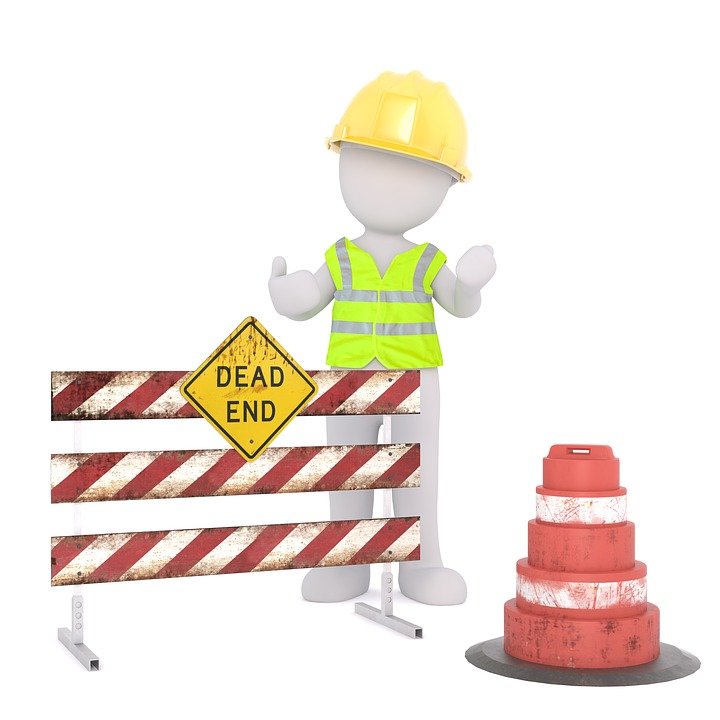
The main difference that I see between whole language (predictable texts, sight word based) approaches and those practices that arise from the Science of Reading comes from the differing view of how children learn to read.
https://us.simplerousercontent.net/uploads/asset/file/5830506/Reading-Groups-1-.pdf
- Whole language approaches assume that by getting children to read texts, they will get better at reading texts. This seems sensible, but this only works if the child has the phonics and decoding knowledge necessary to read the text in front of them.
- The Science of Reading based approaches, however, work on the premise that text level reading is part of a progression of text complexity and that children need to read at sound level and word level before we ask them to read a text.
These differing foundational assumptions have significant implications for how we teach reading to children in their first year of school.
When it comes to grouping children and conducting a ‘guided reading’ lesson in the foundation classroom it is necessary to base that grouping on the skill level of the children. Again, this seems obvious but let us have a look at a breakdown of those skills.
Phonological and Phonemic Awareness
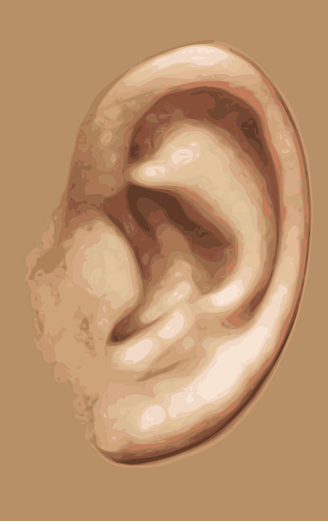
The first level of decision making is whether children can blend orally or not. That is, if you say the sounds /t/ /a/ /p/ , the child can tell you that you are saying tap. Children who are not blending orally will need a lot more support, scaffolding and explicit instruction in oral blending than those who can.
Phonics Skills
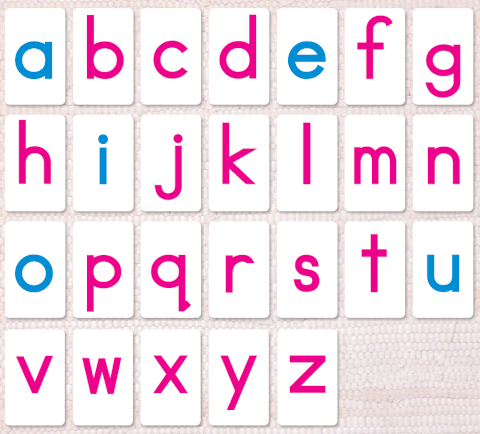
In order to enable children to learn phoneme grapheme correspondence in a systematic way AND incorporate revision and review we need to group children based on their phonics knowledge. One way to do this is to divide your phonics progression/sequence into chunks of 5 – 6 sounds and make sure that children have these sounds before you move them on to the next ‘set’.
Blending with graphemes
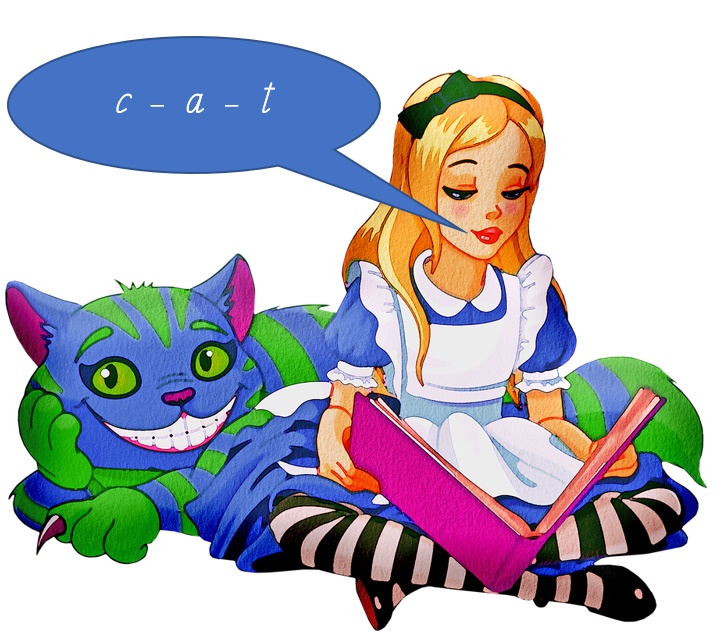
Once children are blending orally and know some sounds you can then move them onto blending with graphemes. ‘Knowing sounds’ means that the child can look at the grapheme (letter) and say the phoneme (sound) without thinking about it.
Blending with graphemes ‘in my head’.
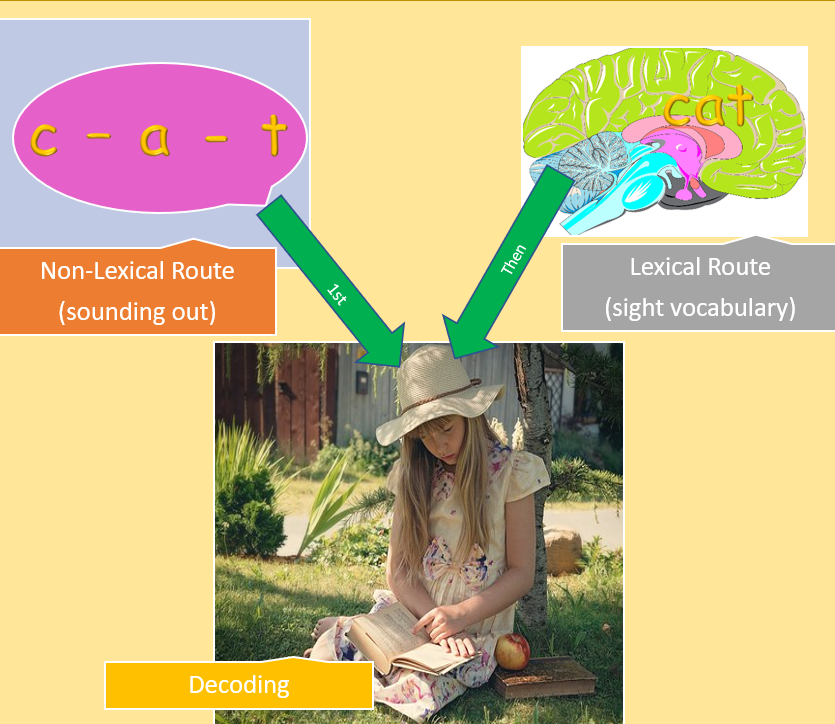
Blending graphemes ‘mentally’ and saying the word quickly is the key to building fluently. A child who continues to need to sound out every word sound by sound aloud is not going to achieve the level of fluency needed to read more complex texts. Fluent reading comes from orthographic mapping (decoding words so much that they map as a letter string for almost instant recall).
Continued Phonics Knowledge
Once children have these basic skills established you can continue to group based on phonics knowledge.
You can see that the grouping decisions in this approach are much more about building up the skills required then about matching children to a book. Indeed, once children can blend with graphemes you will absolutely give them a book to read during small group time, but books will not be a feature of ‘guided’ reading for some time or until children have the word level reading skills to enable them to decode what is in the book using their blending and phonics skills.
This small group work will not be your main instruction for many of these skills. They will be taught whole class (particularly phonological and phonemic awareness) and your daily review work will also be done whole class. The small group work is an opportunity to drill down into exactly what the children need to provide highly specific and targeted learning opportunities.

This can all feel like a huge departure from your ‘normal’ practice and can even bring on a degree of anxiety about whether or not children are learning if they aren’t reading books. Whether we realise it or not, whole language practices are so embedded in our core teaching identity that it can feel incredibly risky to let some things go or alter them to match with a more systematic approach. When you have this feeling, have a long breath out and know that everything is going to be ok. A little leap of faith can take you a long way. Your student learning will tell the story. Give things a term and then evaluate the progress. THAT will be evidence you need to let you know you are on the right track. Of course, that means altering the way you assess and evaluate learning and growth.
To help you get your head around the grouping I have described, I have created a handy class grouping and teaching guide that you can download below. Next week I will cover exactly what you can teach during your small group lessons with each group. If you haven’t already subscribed to Jocelyn Seamer Education you can do so by entering your details and clicking subscribe at the bottom of the page.
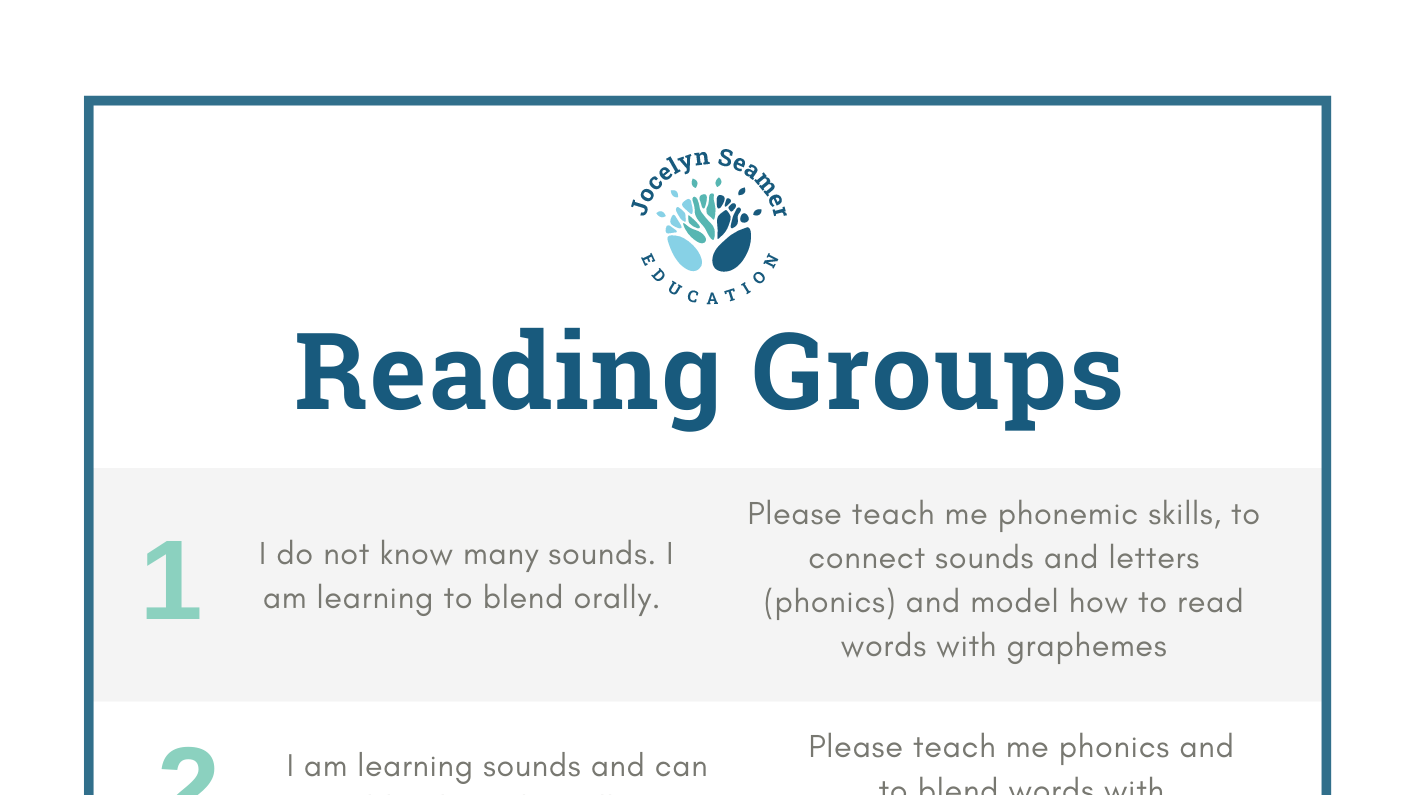

 Jocelyn Seamer Education
Jocelyn Seamer Education
3 comments
Love this…will be applying it my K/1 class next year 🙂
Leave a comment